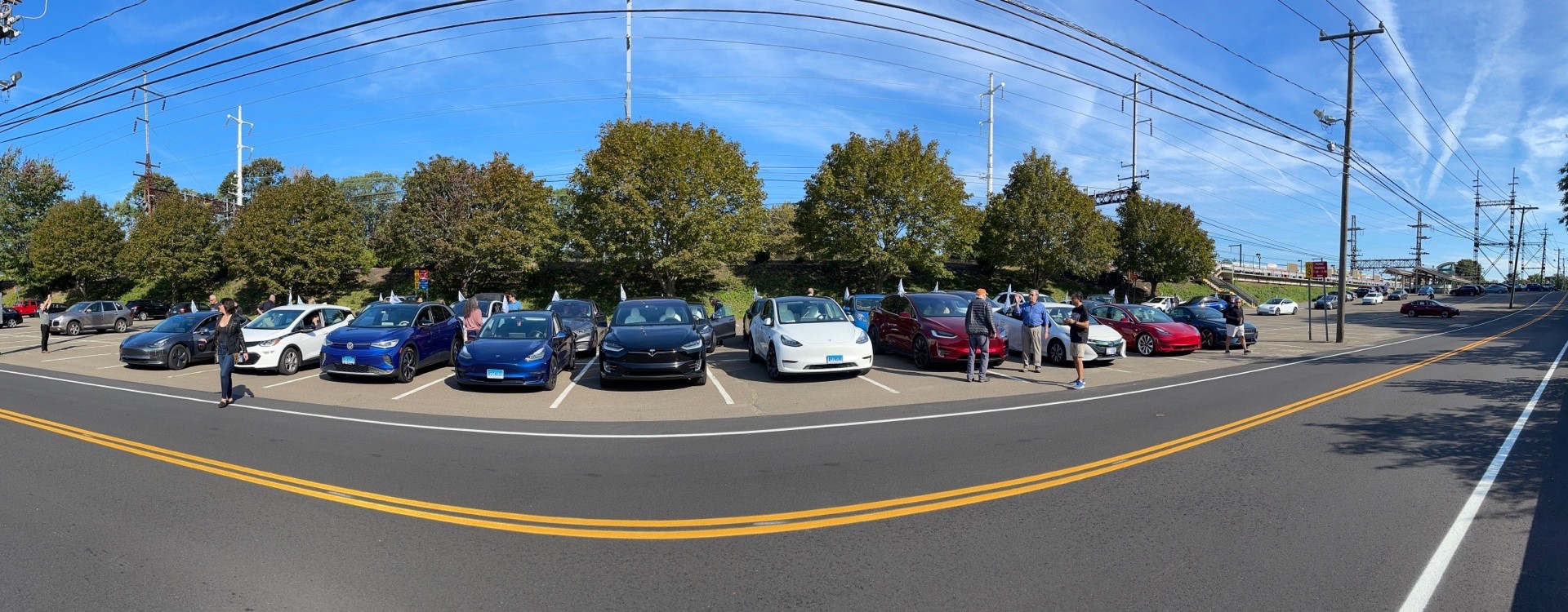It’s January 2023 – Do You Know Where Your EV Incentives Are?
Inflation Reduction Act Incentives Officially Begin – But Which Cars Qualify? It is anticipated that consumer confusion will ensue with the advent of the new incentives. Not only have they become a lot more complicated, … Read more


